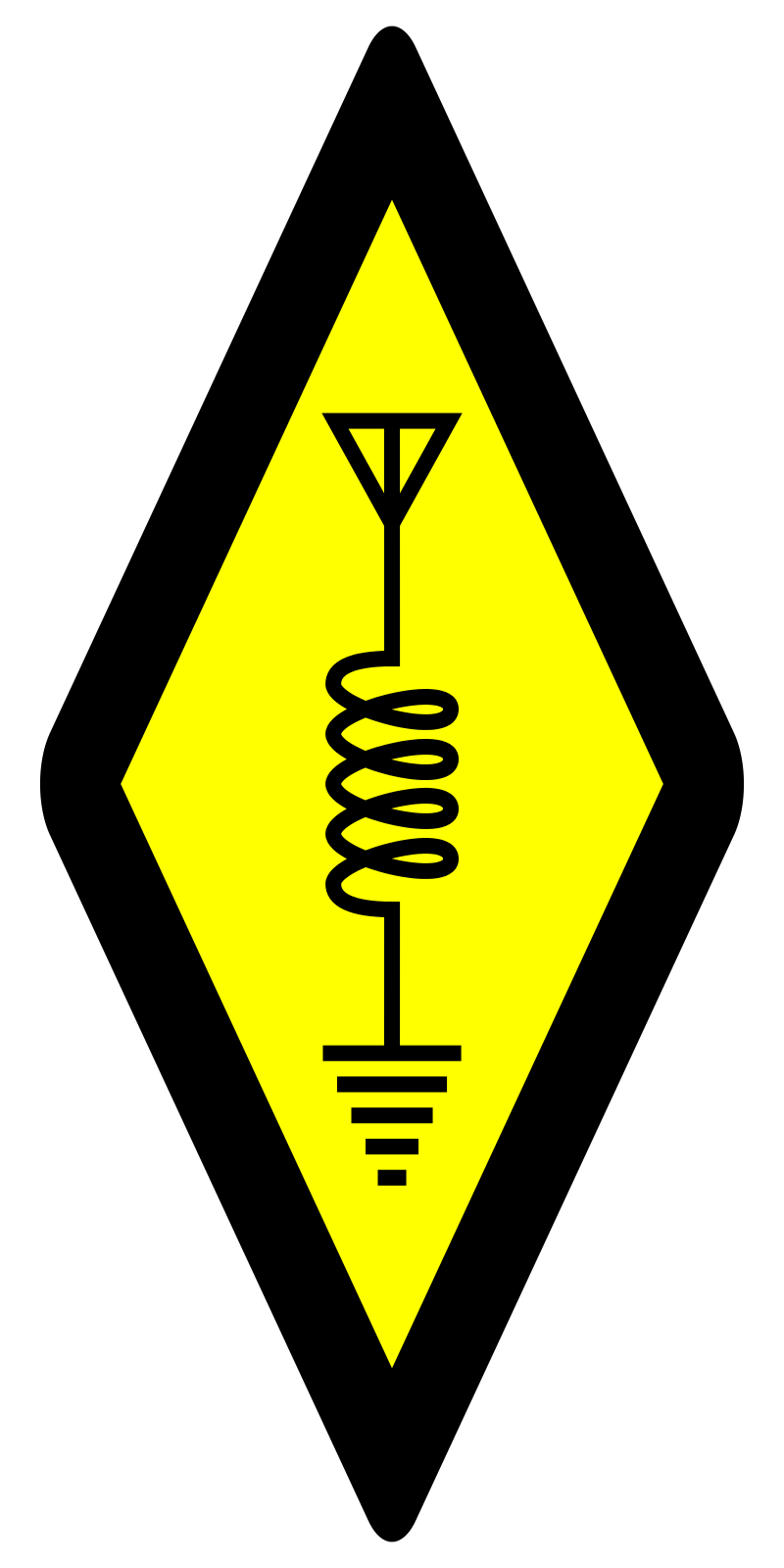I did a thing, and it even worked. Probably mechanically the simplest way to make antenna with gain over dipole is to use two 5/8 lambda elements, but really anything longer than 1/4 lambda already gives improvement, 5/8 is just maximum. No coils or other delaying elements within radiating part of antenna are needed, with disadvantage that impedance is complex. Normally, this is dealt with by putting coils at the base, but there are other options.
Some variants of single stub tuning appear in J-poles and beta/hairpin matches. In general, it only takes single transmission line and two variable positions of shorting bar and feedpoint, and it can match any impedance at single frequency, given appropriate choice of that transmission line impedance. I’ve picked 240 ohm - lowest I could get away with - and it wouldn’t allow to match normal 5/4 lambda antenna, so I shortened it instead to 1.1 lambda - this gives higher initial impedance that is easier to match this way. (Sometimes I could find impedance of this antenna given as 150-850j, but this is just twice impedance of 5/8 lambda monopole, assumed to be thin. Analytical formula on wiki page gives for 5/4 lambda, 5mm wide dipole for 435MHz 214-330j, maximum usable transmission line impedance would be closer to 200 ohm then. Actual simulation like in NEC would be more trustworthy)
Construction wise, this is rather simple device. I’ve used two pieces of 5mm aluminum wire for dipole and matching section, and connecting blocks cut in half and soldered on the bottom side for connections to shorting bar and feedpoint. This allows for easy moving of both and relatively effortless matching

I’m pretty sure that balun like this is proper overkill, but I wanted to make sure that common mode currents don’t mess my measurements. Tuning turns out to be pretty straightforward, with feedpoint position having bigger influence on SWR than shorting bar position. End result is rather wideband, with SWR just 1:1.2 on edges of 70 cm band:

Being 1.1 lambda long (80cm on 70cm band), this antenna is probably suitable for VHF-UHF only. On lower side, radiator length starts to be unwieldy (6.5m on 6m band, 2.3m on 2m band), on higher end, matching section would become tiny. The latter limitation can be probably solved with use of PCB traces forming both radiating element and matching section (board size approx 15x5cm should be sufficient for 13cm band - two sides and at least one via needed), which would also allow for lower impedances of transmission line, therefore getting closer to 5/4 lambda length. (This would probably require considerable number of simulations and prototyping, both beyond my abilities right now). On lower VHF, perhaps 70mm or similar drainage pipe could be better waterproof housing for matching section, especially if balun can be skipped and if matching section turns out to be long. Wires can be probably extended beyond shorting bar and used for support, like it is sometimes done with J-poles.
Any criticism, advice, good practices, tips, etc welcome
Some tools used https://hamwaves.com/zc.circular/en/index.html https://www.will-kelsey.com/smith_chart/
Very nice! How much does it weigh? Is it portable?
not much? i don’t have scale but 150g perhaps? i think that if you don’t need it waterproof then you can just extend wires, use them for support and get rid of case entirely. this would require sturdier shorting bar and some spacers probably but would be more compact
it’s 80cm long and can’t be folded, so if that’s portable enough for you, then yes
the point of this antenna is that it has something about 2-3dB gain over dipole, if you don’t need this a lots of smaller antennas with dipole gain exist
e: and also despite what its size could suggest it’s a single band antenna, this one is for 70cm but if you have space for 2m (2.3m long) then i think it still should be practical
What’s that coax you’re using? I need to make a bunch of patch cables/chokes, and something with sufficiently low loss up at UHF which can still be wound in a toroid seems like a good thing to get a roll of.
that’s RG174, there’s only 25cm of it or so, so loss is probably not a huge concern (53dB/100m at 400MHz, so 0.13dB), and that common mode choke is probably a bit too much anyway


